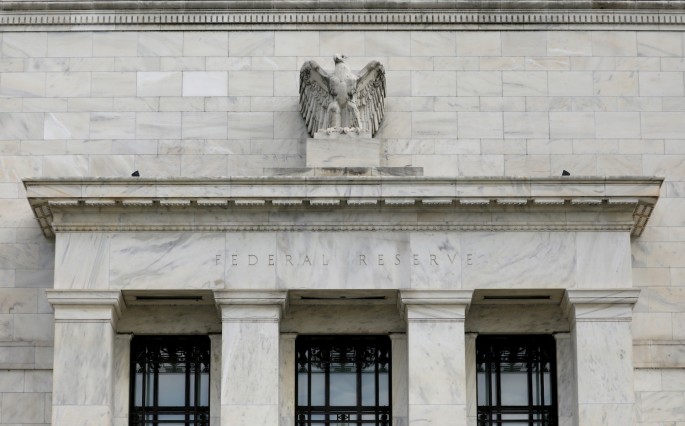The Federal Reserve's decision on Wednesday to raise the maximum amount money funds can lend into its reverse repurchase agreement facility should ease some stresses for money market funds that are struggling with too much cash and too few places to park it.
The jury is still out, however, on whether the U.S. central bank will also need to adjust benchmarks in an effort to keep some rates in positive territory.
The Fed raised the cap on the reverse repo facility to $80 billion, from $30 billion for money funds that lend money in the facility overnight and receive Treasury collateral in return.
Money markets have been flooded with cash as the Fed maintains record bond purchases and the Treasury reduces its cash holdings, which in some cases has led to a shortage of Treasury bills.
"Having that ability to put your cash somewhere where rates aren't going to go negative is very helpful to the money fund complex," said Guy LeBas, chief fixed income strategist at Janney Montgomery Scott in Philadelphia.
Whether it will be enough to halt the downward pressure on short-term rates, however, remains to be seen. Even more cash is expected to flood into the system in coming months as the Treasury continues to cut back its sales of Treasury bills and with bank reserves expected to continue to march higher to unprecedented levels.
A regulatory break that allows large banks to exclude deposits and Treasuries from leverage ratios is also due to expire at the end of March. If the exemption to the supplementary leverage ratio, or SLR, is not extended, banks may turn away deposits, which would route even more cash to money market funds.
"We are going to see an enormous amount of cash flowing into the front end of the market, on top of what's already been coming in," said Tom Simons, a money market economist at Jefferies in New York. And that means "you're going to have more and more money flowing into money market mutual funds over time."
Many analysts expect the Fed will raise the interest it pays on excess reserves and/or the rate it pays in the reverse repo facility if its benchmark federal funds rate falls below 5 basis points. It has held steady at 7 basis points for the past month.
The overnight repo rate, meanwhile, was at 1 basis point on Thursday. It has traded negative several times in the past month.
Short-dated Treasury yields continued to drop on Thursday, with one-month yields falling as low as half a basis point.
Some of the near-term downward pressure on Treasury bills may be lifted as the Treasury increases the size of some of its bill auctions to pay for fiscal stimulus, though net issuance is still in decline.
"They've started to increase bill supply, which is not enough to make it net positive on a weekly basis just yet, but there's some pressures that are building that might not make it such a big issue," said Zachary Griffiths, an interest rate strategist at Wells Fargo in Charlotte, North Carolina.
For example, the Treasury will sell $40 billion in four-week bills next week, up from $30 billion this week, and also sell $40 billion in eight-week notes, up from $35 billion.
If rates continue their decline into the Fed's April meeting, however, the Fed may need to raise its short-term rates, Griffiths said.





















